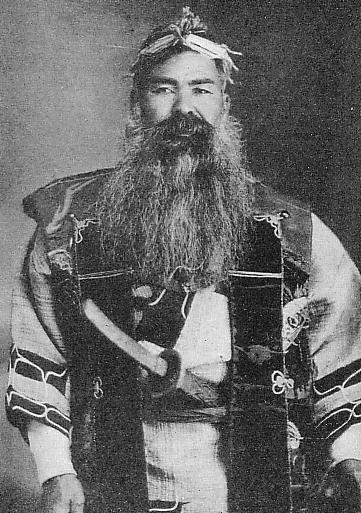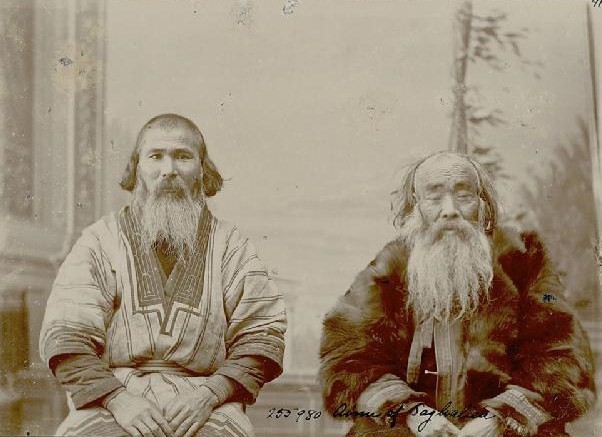
I hope it won’t be a one-way conversation, and I see you all as active participants in this discussion. The subject is history.

Topic: history
I was inspired by the lecture I just listened to about Aina.
Inspired
Now, against the background of changes in history, which is being written in our days, we are all involved in it to a greater or lesser extent, we are all witnessing new discoveries.
Discoveries in history are associated with the expansion of the study of historical facts.
At one time or another, we ascertained the events that took place, but as we become more interested in the facts, history returns to its study anew.
I have always been interested in studying history
Back in school, I remembered battles, signing treaties, and truces in detail.
In my school, the history of Ukraine was studied so superficially that when I was behind my son’s “fours”, I had to sit with him and help him learn world history, and with it the history of Ukraine (because the teacher of these subjects was the same woman, also the director of the lyceum), then I discovered a new story for myself.
That is a completely different story, in which the Cossacks and the Cossacks were described in detail.
As for my knowledge, I, and my generation, we simply did not know the real history.
She graduated from school in 1980.
Ah. Why was she an excellent student?
Maybe because even now, when everything is changing rapidly, I look into history, looking for answers.
And then, it was good that my son brought a two, we sat together and taught him several lessons in advance, so that the teacher could not pressure him and give him low grades. And I studied history again.
So then we surprised the teacher with him, he answered every question automatically.
She chastised him in both world history and Ukrainian history… and he answered perfectly.
-Sit down! Well done! But tomorrow he will call his mother to school…,- this was our victory with him.

Today I attended a very interesting lecture.
It is caused by the development of this trend in the world and gives an idea of the ancient history of the Ainu, the indigenous inhabitants of the island of Hokkaido, located in the Sea of Okhotsk.
If you are interested in the topic, feel free to search for it, but I am not talking about it today. No, I can tell you. If you are interested, write.
Listening carefully to the lecturer, respected professor, scientific researcher, I noticed several interesting details.
The first concerns the fact that humanity develops and lives cyclically. The most flourishing
of world cultures and civilizations falls on the 13-14th century. And this trend was on all continents, touching various civilizations of America, Europe, Australia and other continents.
And at that time there was neither the Internet nor airplanes.
The rapid development caused many wars two centuries later, which destroyed entire nations.
The next such peak was the end of the 19th and 20th centuries, which, after the inventions of electric machines, the Internet, airplanes… caused bloody wars.
Now about discoveries, finds, historical values.
The lecturer was asked why there is so little and how does she collect and transfer collections to patrons and collectors?
She replied that she was looking at Who is transmitting!
What (!)conveys and How!
Not everyone is who they say they are…and not all finds are real.
Now about culture and descendants.
The population of this ethnic group in the Sakhalin region is only 300 people, in Japan there are 25 thousand of them.
There are many more of them, but most of them were assimilated into Japanese culture.
How did they survive? With the help of excavations of the remains of their culture and libation stick finds with a prescription of their cultural traditions.
They survived with the help of writing and traditions.
They have their own characteristics, ethical values, traditions.
Women have a special tattoo around the mouth – mandatory for married women, because in this way they were protected.
(In many nationalities, I found that a married woman was tattooed in order to preserve her)
Recently, I found this about the tribes of the First Nation in America, but they were tattoos on the chin. It was also done to girls to keep them in the tribe. Individual poenmen tattooed the faces of girls in different ways to distinguish them.
The Bedouins still tattoo beautiful girls.

The Ainu tattooed the whole body and limbs, applying a specific pattern similar to the pattern of the Australian aborigines. (In men, on the face around the eyes, on the neck). Bald, but with long hair on the temples. The tattoo pattern was also applied to the kimono, in which they walked, that is, the pattern was repeated on the clothes and it tells about the tree, the life tree of the family.
Fishing was very developed.
Now about traditions – how did they preserve traditions?! After all, there are very few of them, they have almost died out.
Men hunted, fished (currently they are fighting to be granted a special status of catching fish), were engaged in growing plants. Women were busy with children, in the summer they went far to the mountains to collect plants for the winter.
Traditions were transferred from generation to generation with the help of customs, dances and songs.
This is how women skillfully play something like a pipe (chip) and dance plastically. The dance is accompanied by a specific exclamation.
Just imagine: they sit in a circle and start singing and dancing.
The dance and song were passed down from generation to generation and carried the spark of traditions, which helped today to restore this small nation, to give it belonging to traditionally indigenous peoples.
I notice again: everything has cyclicity. Wavelikeness.
While raising a child, women pass on traditions. This helps to preserve culture.